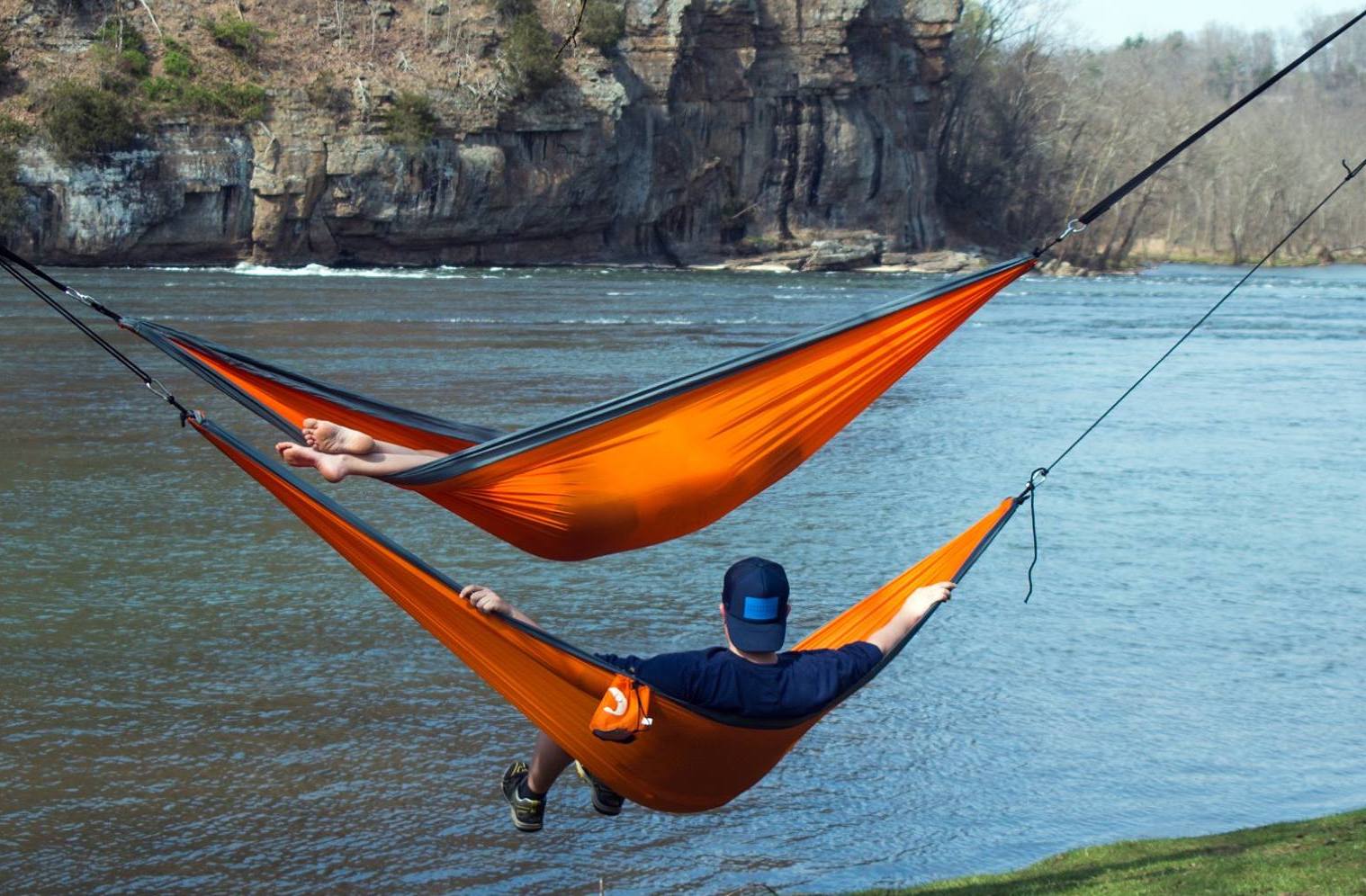A Guide to Choosing a Paddle for Kayaking
Once you have decided on the type of kayak to use, the next item needed is the paddle. This is a key piece of equipment because it will be your primary method of propulsion. Because of this, you want to make sure it is something comfortable to use. Remeber, you will be holding the paddle for an extended period of time on each outing. An uncomfortable paddle will result in an unpleasant experience on the water. The primary guideline to follow when selecting a paddle is to find one that is comfortable to hold onto. Although most paddles are somewhat lightweight, the key is to pick up several units and go through your paddling motion. This is best done while in a sitting position to simulate what it will be like in your kayak. First, try a standard paddle with a straight shaft made out of metal with plastic blades. Next, pick up a composite paddle made of more lightweight compounds. Finally, try a paddle with ergonomically bent hand holds different than a straight shaft. What you want to determine is what material you prefer to use. After that, the choice comes down to the type of shaft you prefer, either straight or ergonomic. From doing a good bit of paddling, I will say that your paddle will take its fair share of abuse. Besides being a means of propulsion, it is what you use to push off of obstructions and along with a multitude of other uses. In all those cases, the paddle is coming in contact with hard surfaces. Because of that, I am a fan of composite paddles. I have found that sort of material is very strong and lightweight. You will pay a bit more for this type of paddle, but it is worth it. Remember, that is the only piece of equipment you have to get yourself back onto dry land and out of a bad situation. Boaters don't skimp on their outboard motors and you shouldn't skimp on your motor.
Once you have decided on the type of kayak to use, the next item needed is the paddle. This is a key piece of equipment because it will be your primary method of propulsion. Because of this, you want to make sure it is something comfortable to use. Remeber, you will be holding the paddle for an extended period of time on each outing. An uncomfortable paddle will result in an unpleasant experience on the water. The primary guideline to follow when selecting a paddle is to find one that is comfortable to hold onto. Although most paddles are somewhat lightweight, the key is to pick up several units and go through your paddling motion. This is best done while in a sitting position to simulate what it will be like in your kayak. First, try a standard paddle with a straight shaft made out of metal with plastic blades. Next, pick up a composite paddle made of more lightweight compounds. Finally, try a paddle with ergonomically bent hand holds different than a straight shaft. What you want to determine is what material you prefer to use. After that, the choice comes down to the type of shaft you prefer, either straight or ergonomic. From doing a good bit of paddling, I will say that your paddle will take its fair share of abuse. Besides being a means of propulsion, it is what you use to push off of obstructions and along with a multitude of other uses. In all those cases, the paddle is coming in contact with hard surfaces. Because of that, I am a fan of composite paddles. I have found that sort of material is very strong and lightweight. You will pay a bit more for this type of paddle, but it is worth it. Remember, that is the only piece of equipment you have to get yourself back onto dry land and out of a bad situation. Boaters don't skimp on their outboard motors and you shouldn't skimp on your motor.










